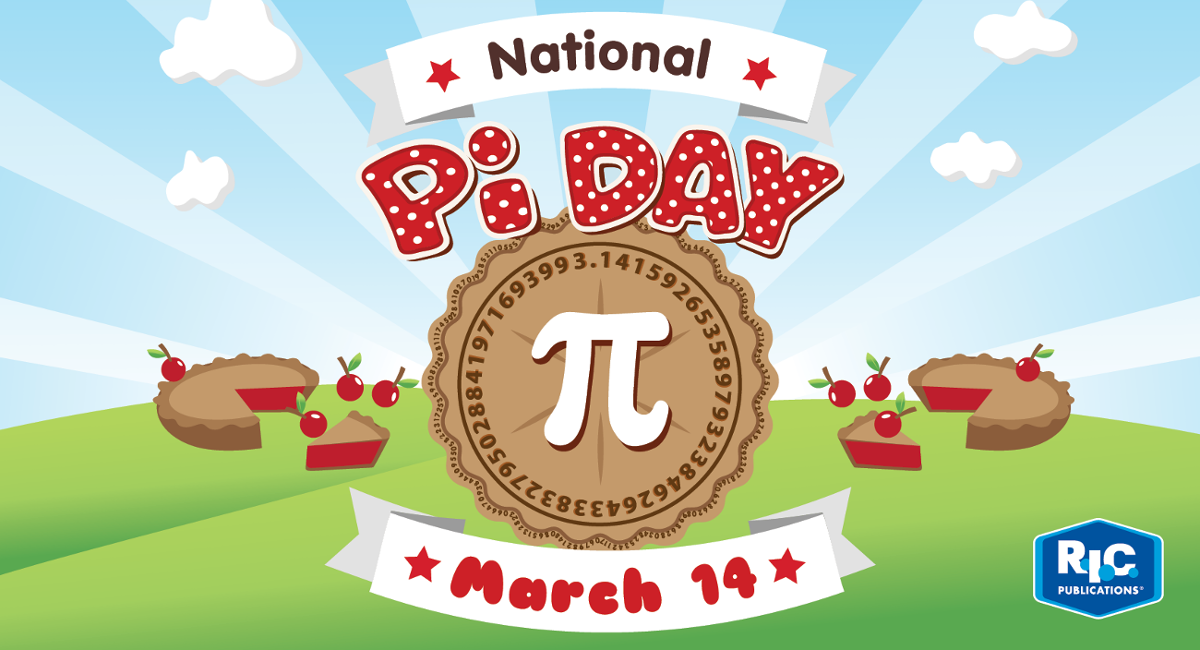- Wednesday 13 March 2019
- 0 Comments
Pi Day, celebrated on March 14 each year, is a celebration of the mathematical understanding of Pi (π)—an irrational number (~3.141592265359) that represents the ratio between any circle’s circumference and its diameter. Pi Day was founded by physicist Larry Shaw in 1988 and is celebrated in many countries around the world to signify the importance of Pi.
Although Pi (π) is a mathematical concept that is not specifically taught until high school, here are some activities that you can do in primary classrooms to raise awareness of Pi Day and spark interest in mathematical patterns.
Fun activities to do this Pi Day!
- Take the class outside to create a circle using only students and a pre-cut length of rope. Mark a place where the centre of the circle will be. Ask one student to stand on this mark and hold one end of the rope. Line the other students up and hand the line leader the opposite end of the rope. Students take turns holding the rope taut and moving to any position along the hidden circumference before sitting down. As more students complete the task, students should begin to see a circle forming. Discuss the meaning of diameter and circumference.
- Pi and pie are homophones and as such when people hear the word ‘Pi’ they often think of pies instead. Use this opportunity to bake/eat some Pi Day-inspired pies. See recipe ideas at https://www.tasteofhome.com/collection/pies-for-pi-day/.
- Listen to the catchy song Pi song: Expert level—The Pi song with 100 digits at http://tinyurl.com/y6dhcbca. Challenge students to learn the first ten digits of Pi (π) or sing along with the video.
- Provide plenty of cylindrical or spherical objects to use during measurement activities. Students use a piece of string to measure the circumference and the diameter of an object, then use a ruler to record the length of each piece of string using formal measurements. Students divide the circumference by the radius using a calculator and watch as each result turns out to be Pi (π).
- Familiarise students with the digits of Pi (π) by encouraging them to use beads, Lego™ blocks or counters to show each digit of the number. Students represent each digit using multiple of the same coloured object. See examples of a beading activity at http://tinyurl.com/yxelnhdp and a Lego™ activity at http://tinyurl.com/yy7ulnvw.
For students wanting to learn more, here are some books/videos to check out.
- Why Pi? by Johnny Ball. This is a print book from DK Publishing for 7-8 year olds.
- Sir Cumference and the dragon by Cindy Neuschwander. This is a print book for 8-12 year olds but is also available as an audio story at http://tinyurl.com/j28j54k>.
- Math Antics - Circles, What Is PI? at http://tinyurl.com/mu6fmqt. This is an educational video for upper primary or middle primary extension students.
